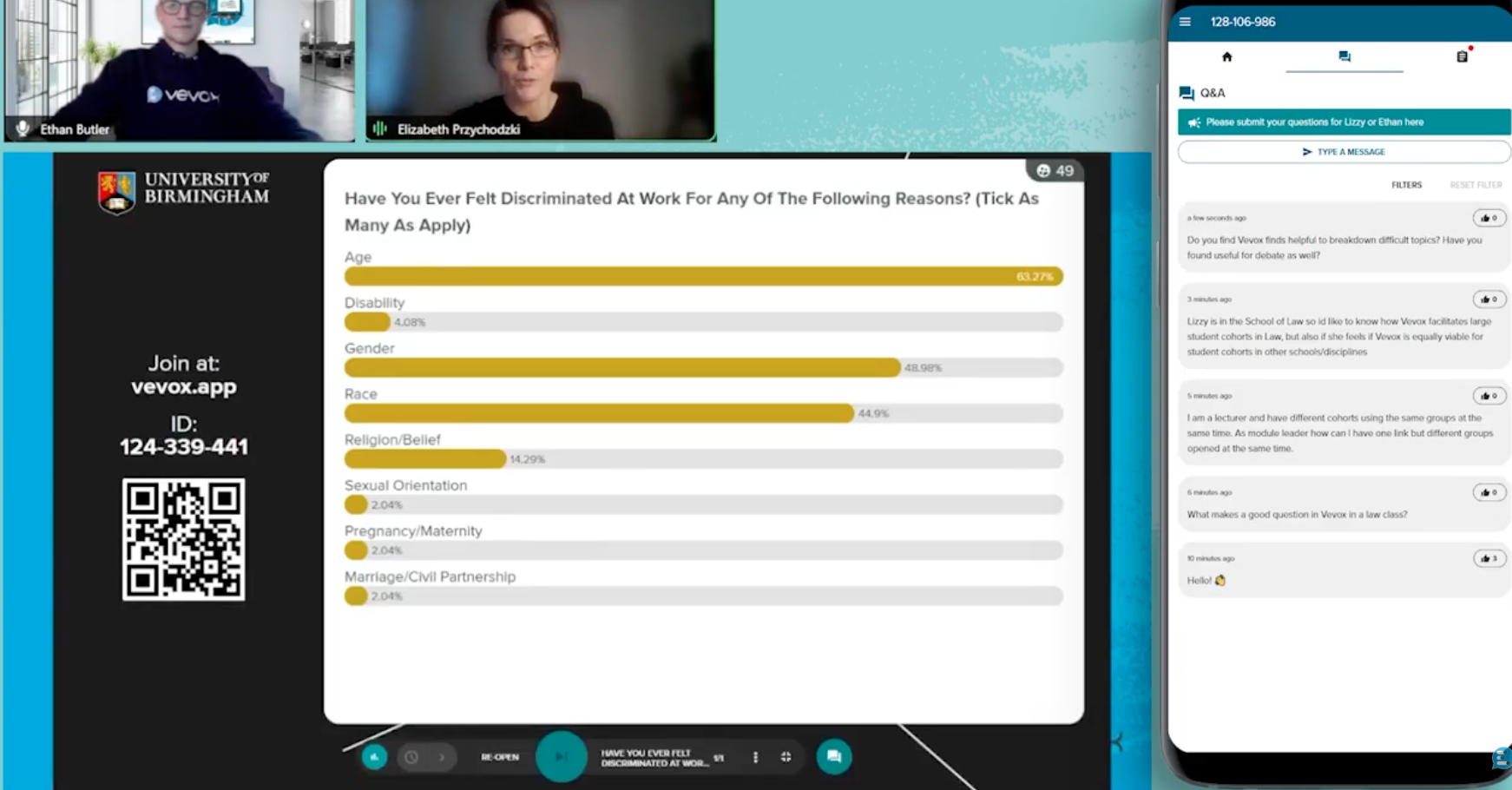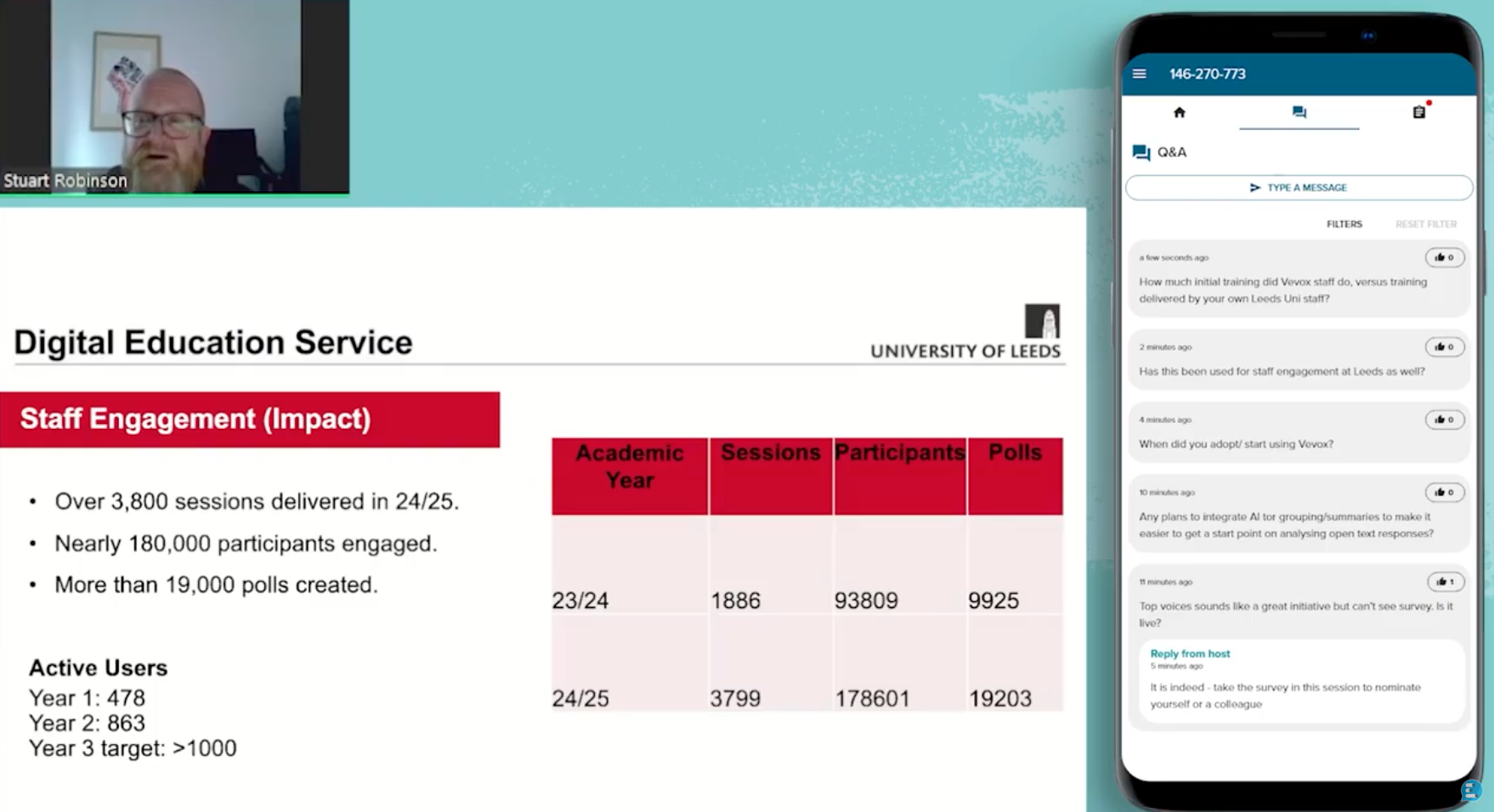Diversity and inclusion aren’t just buzzwords; they represent essential factors in creating and maintaining a workplace that’s safe, productive and welcoming for all. Diversity in the workplace is regarded as the promotion of a varied workforce, which includes team members who represent a fair cross-section of society. A diverse team includes members from all cultures, religions, ethnicities, genders and ableness, for example.
Distinct from diversity, inclusion can be thought of as how that diversity is utilised so that every employee’s unique strengths are realised. In a Forbes interview, Inclusion and Diversity Strategist Shirley Engelmeier defines inclusion as, “A call to action within the workforce that means actively involving every employee’s ideas, knowledge, perspectives, approaches and styles to maximise business success”. We spend such a lot of our time at work, so it’s important to feel valued, accepted and supported there. Inclusion is great for business too; research conducted by Deloitte found that organisations with inclusive culture are six times more likely to be innovative, six times more likely to be able to efficiently anticipate and respond to change, and twice as likely to meet or exceed financial targets. So, how can businesses develop more inclusive workplaces?
Set your intentions
Leaders set the tone for their business, so leading by example is essential in order to cement inclusion. Leaders are those with the power and insight to implement sweeping change, yet it is here where diversity is typically at its poorest.
Diversity must be viewed as an integral by-product of progressive inclusive practices. Businesses that hire and promote with the sole aim of satisfying diversity targets risk excluding those more capable of fulfilling that position due to that individual failing to aid a diversity quota. Businesses should instead focus on nourishing company inclusivity, ensuring that a diverse range of individuals are present, prepared and capable of filling key roles as and when they arise. This begins with leaders - those who stand as everyday role models who inspire others. When minority team members can see no one within the leadership ranks with whom they can relate to, this can impact their career aspirations due to the belief that they don’t fit the profile of a leader there.
It can be a vicious cycle; having no diverse senior leaders can, in turn, create a less inclusive work environment that’s unable to grow diverse future leaders. However, becoming a change agent for a more inclusive culture can be taken up by anybody. Leaders must recognise that people are at the very centre of company culture, and a business which fails to nurture a diverse workforce, fails to develop a sustainable work environment. Set your intentions from the very top.
Ensure needs are met
Building a positive workplace culture that’s fundamentally inclusive means ensuring everyone feels safe and comfortable to speak their mind and go about their work, no matter who they are. When individuals feel that they can truly be themselves at work and feel that their rights and beliefs will be nurtured and protected, employee retention rates improve. Make sure that all your team members feel that they are individually catered for so that they feel physically and psychologically safe. This goes far beyond employment law and asks that employers do all that they can to make all team members comfortable at work.
Of course, all UK employers have a legal duty to make sure that team members who are disabled do not face obstacles that block or interfere with their ability to perform their role. However, truly progressive companies should extend the means by which they facilitate team members’ needs. Whether that be through providing a quiet space for prayer, meditation or reflection, or allowing flexibility in the staff dress code, there are many reasonable changes that can be made to greatly enhance people’s work lives.
Importantly, companies must pay attention to whether particular team members are flagging certain problems and be prepared to make changes based on this. Discussing issues isn’t enough - lip service won’t help those who are in need of company change. Develop effective processes for raising problems, let those affected shape the dialogue and then action meaningful change. Staff who feel unsafe will inevitably leave, but for those who see and experience tangible improvements, retention is far more likely.
Have better virtual or hybrid meetings
Meetings are times when decisions are made, ideas shared and teams bonded, so they’re crucial to most working days. Virtual or hybrid meetings can be optimised in order to really boost a sense of inclusion amongst team members. If it’s appropriate, invite various members of different stakeholding teams to meetings rather than the same selection of team leaders all the time. Similarly, if remote workers are part of your team, make sure they’re given the opportunity to participate too. Team members in different time zones will appreciate the chance to share their ideas and contribute to planning, so if possible take this into account when scheduling meetings.
Additionally, consider how different types of people work, and try to design meetings around this. Introverted team members may struggle with being ‘put on the spot’ to share ideas off-the-cuff in a high-pressure meeting environment. Distribute meeting notes beforehand so that colleagues who need a bit of thinking time can prepare what they’d like to say or contribute and use an anonymous Q&A app so there is no fear of judgement when sharing ideas or asking questions.
And finally, it can be really frustrating and disheartening for colleagues to feel that they are being overlooked or ignored by their teammates or leadership. Don’t assume ignorance - most people will have heard the phrase ‘mansplaining’, when a concept is explained in a patronising or condescending manner to somebody, usually a woman, who already understands the topic. Don’t assume your colleagues don’t already know what you’re talking about - ask them first. Make sure to amplify the voices of those who might not speak up or be heard often - avoid taking credit for others’ suggestions and make sure to acknowledge a team member’s contribution when sharing ideas.
The journey to creating an inclusive workplace
Building an inclusive workplace is an evolving process, and it’s never really ‘complete’ - as your business grows and changes, so should your inclusion strategy. Try to view inclusion as something that’s very much part of your company culture and not just a ‘tick box’ to pay lip service to. Learn to constantly question and assess if your business plans and developments include and represent all team members fairly, and see the benefits of a truly diverse and inclusive workplace.
This article was written by Tim Elgar, Head of Culture and Leadership at Twinkl. Twinkl is the trusted home of teacher-created planning and assessment materials, with over 525,000 teaching resources and new content being added daily.
Recommended articles on Diversity & Inclusion:





